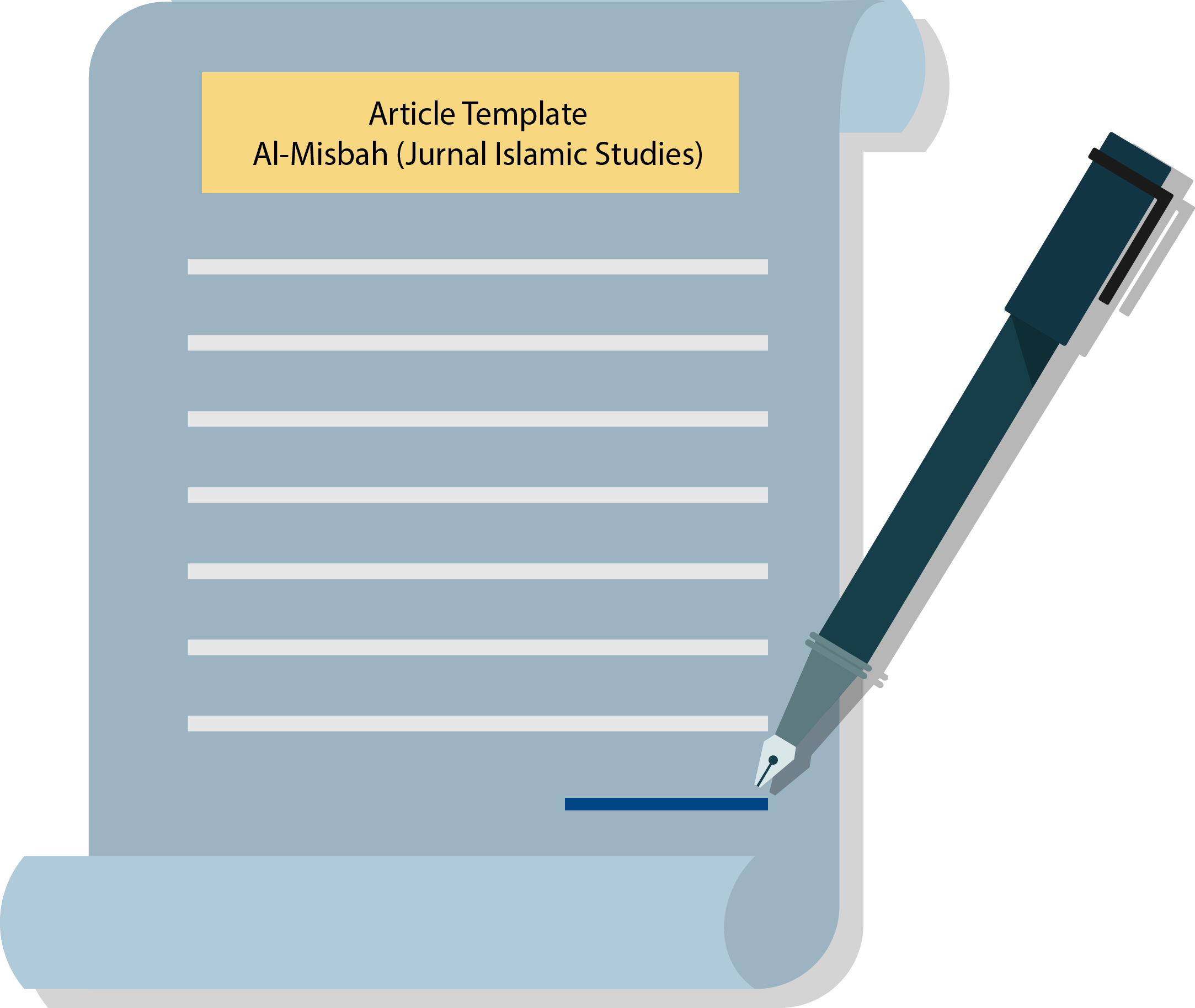Pengaruh Penggunaan KÈ‹bar Terhadap Keterampilan Membaca Bahasa Arab Pada Anak Disleksia
DOI:
https://doi.org/10.26555/almisbah.v7i1.1828Keywords:
KÈ‹bar, Media, Arabic Reading Skil, DyslexicAbstract
This research aims to describe how dyslexic children pronounce Arabic words in KÈ‹bAr book, to mention the factors that can cause pronunciation change in dyslexic children and to know the effects of KÈ‹bAr towards Arabic reading ability in elementary school students. The method used in this research is experimental with single subject and A-B-A design including baseline 1, intervention, and baseline 2. The subjects in this research are three third grade dyslexic students of elementary school of Sempu, Yogyakarta. The data are gathered with reading test and then the data are being analyzed statistically using descriptive method with visual graph both within and inter condition. The result suggested that there was in increase in students reading ability which was seen from the mean level of the three subjects. The mean in PAV subject increased in baseline 1 from 66.64% to 87.47% in the intervention stage and it further increased to 98.61% in baseline 2. The mean in subject AN also increased from 62.47% in baseline 1 to 80.56% in the invention stage. It further increased to 93% in baseline 2. Thirdly, the mean in subject GAS rose from 54.16% in baseline 1 to 76.4% in intervention stage and further improved to 87.47% in baseline 2. Thus, there were significant increases in all subjects. Subject VAG experience significant increase as much as 24.47% while subject AN increased as much as 30.53%. Similarly, the last subject, GAS showed a significant increased 33.31%. the percentage of overlapping data of the three subjects was 0% which meant that KÈ‹bAr can increase students Arabic reading skill especially in Arabic hijaiyyah wordsDownloads
Published
How to Cite
Issue
Section
License
Authors who publish with Al-Misbah agree to the following terms:
- Authors retain copyright and grant the journal right of first publication with the work simultaneously licensed under a Creative Commons Attribution License (CC BY-SA 4.0) that allows others to share the work with an acknowledgment of the work's authorship and initial publication in this journal.
- Authors are able to enter into separate, additional contractual arrangements for the non-exclusive distribution of the journal's published version of the work (e.g., post it to an institutional repository or publish it in a book), with an acknowledgment of its initial publication in this journal.
- Authors are permitted and encouraged to post their work online (e.g., in institutional repositories or on their website) prior to and during the submission process, as it can lead to productive exchanges, as well as earlier and greater citation of published work.

This work is licensed under a Creative Commons Attribution-ShareAlike 4.0 International License.



